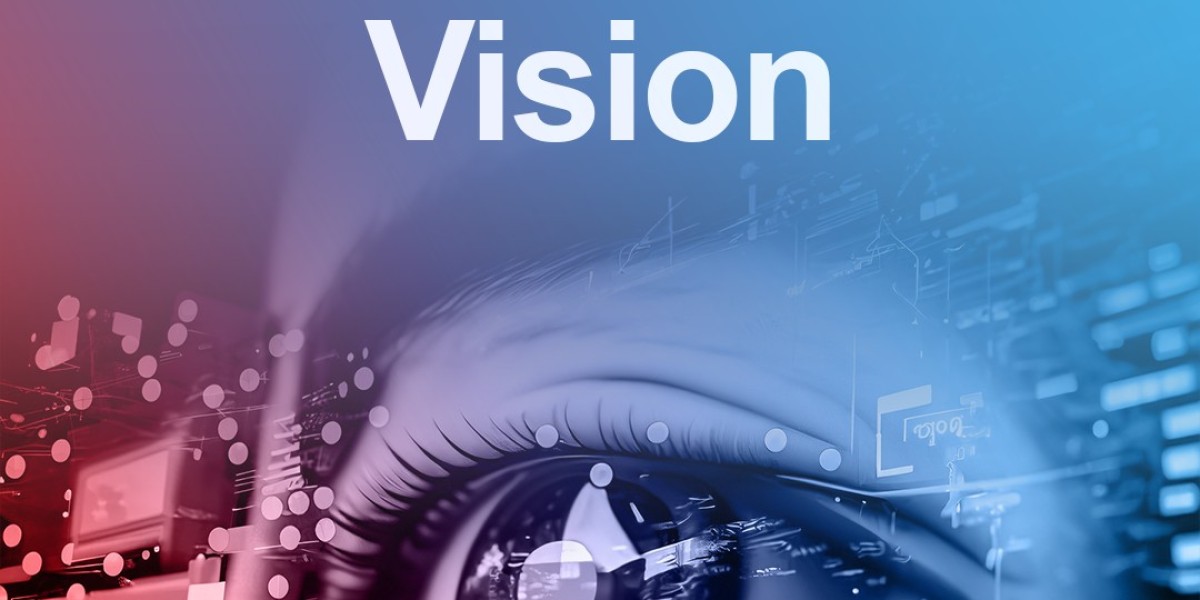At some point in life, the word human vision or human insight may have popped up in random conversations with co-workers, friends or around family members. Now, human vision is easily how humans are able to identify objects that they see. But what about computer vision?.
As the world becomes more interconnected with technology, the need to automate simple tasks efficiently is in great demand. This article will help shed light on what computer vision is.
What is Computer Vision?
Computer Vision in simple words is the ability for computers to be able to identify objects or humans apart. It is a field of artificial intelligence that trains computers on the data acquired to see and comprehend objects, images, videos, people and other inputs.
From the definition above, there isn’t much difference between human and computer vision. But there are still differences. First is the fact humans have the upper hand. Why?It's simple. Humans have been trained from birth how to tell objects apart, if they are moving, what speed they are moving and much more.
However, when it comes to computer vision, the computers have to be trained based on the data inputted and that data, if false, can lead to inaccurate results. But, if the data is clean and accurate, computers can perform activities in much less time.
An example of computer vision can be a system trained to scan different items in a shop or production line. These systems will be able to scan thousands of items in a minute or more, which is a lot faster if humans were to do it.
The Importance of Computer Vision
Computer vision finds immense applications across diverse domains, revolutionizing the way we interact with technology. Some of the key areas where computer vision plays a pivotal role are:
Healthcare
Computer vision aids in medical image analysis, assisting doctors in diagnosing diseases and detecting abnormalities in X-rays, MRIs, and CT scans. It also facilitates telemedicine, enabling remote patient monitoring.
Self-driving cars utilize computer vision algorithms to perceive their surroundings, identify obstacles, pedestrians, and traffic signals, ensuring safer transportation.
Retail and E-commerce
Computer vision powers visual search, allowing users to find products online by using images. It also enables cashierless checkout systems in stores.
Agriculture
Computer vision helps farmers monitor crops' health, identify pests, and optimize irrigation, leading to increased agricultural efficiency.
Security and Surveillance
Video surveillance systems employ computer vision to detect suspicious activities, track objects, and enhance overall security
Conclusion
Computer vision has undoubtedly ushered in a new era of possibilities in the world of Artificial Intelligence. Its ability to interpret and understand visual data has unlocked numerous applications, ranging from healthcare to autonomous vehicles and retail. As technology continues to evolve, we can expect computer vision to further expand its horizons, touching more aspects of our lives and transforming industries in unimaginable ways.
FAQs
Is computer vision only limited to AI applications?
While computer vision is primarily associated with AI applications, its scope extends beyond AI. It is also utilized in robotics, image and video editing software, surveillance systems, and quality control in manufacturing, among other areas.
Can computer vision be used for security purposes?
Absolutely! Computer vision plays a crucial role in security applications, such as facial recognition and surveillance systems. It helps identify individuals, track suspicious activities, and enhance overall safety and security.
What are the challenges faced by computer vision technology?
Despite its advancements, computer vision still faces challenges in handling occlusions, recognizing objects in complex environments, and ensuring data privacy and ethical usage. Researchers and developers are continuously working to address these issues and improve the technology further.
How will computer vision shape the future?
Computer vision is poised to revolutionize various industries and aspects of our daily lives. From autonomous vehicles transforming transportation to personalized healthcare, computer vision's impact will be far-reaching and continue to shape the future of technology and society.







